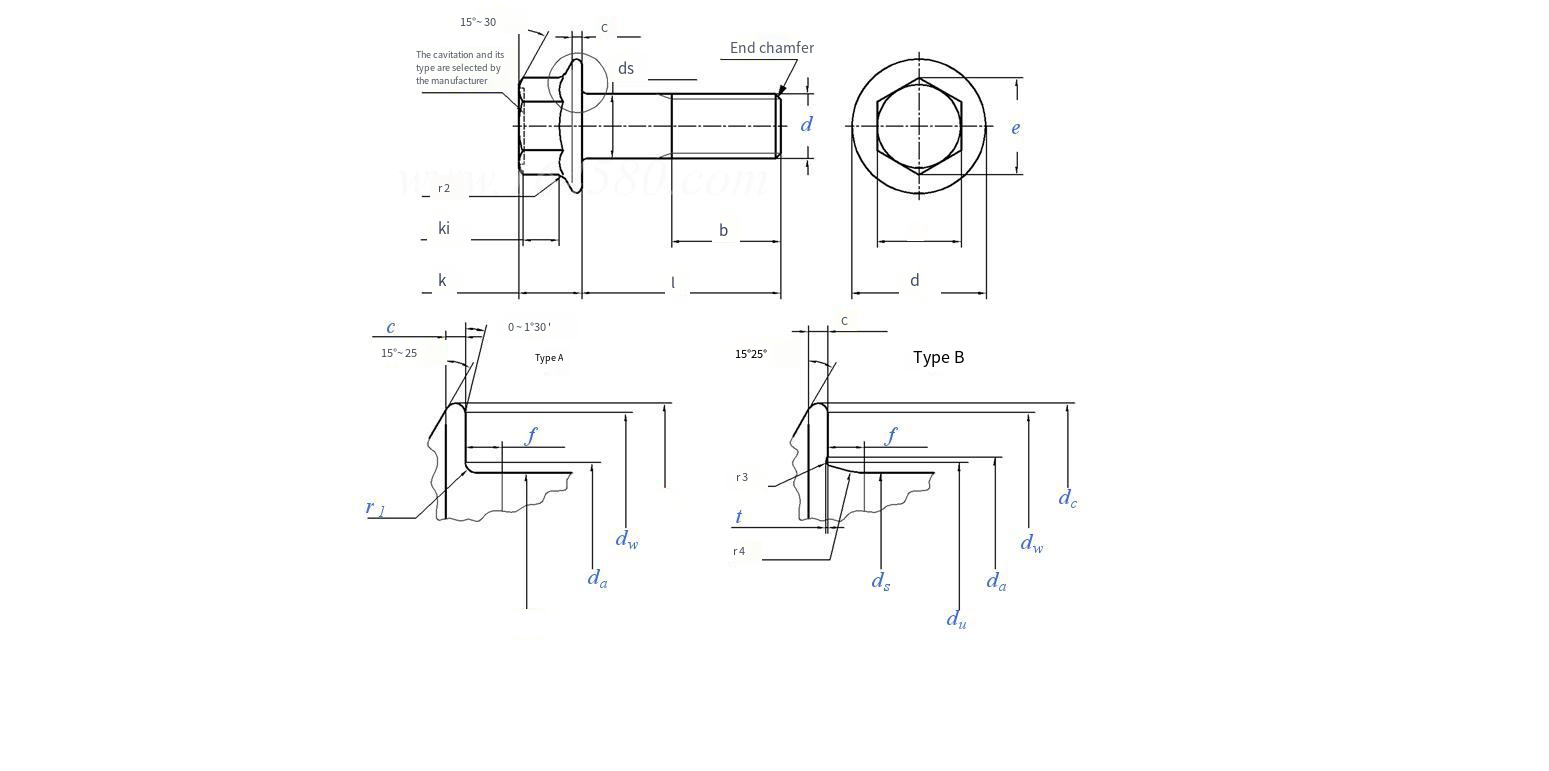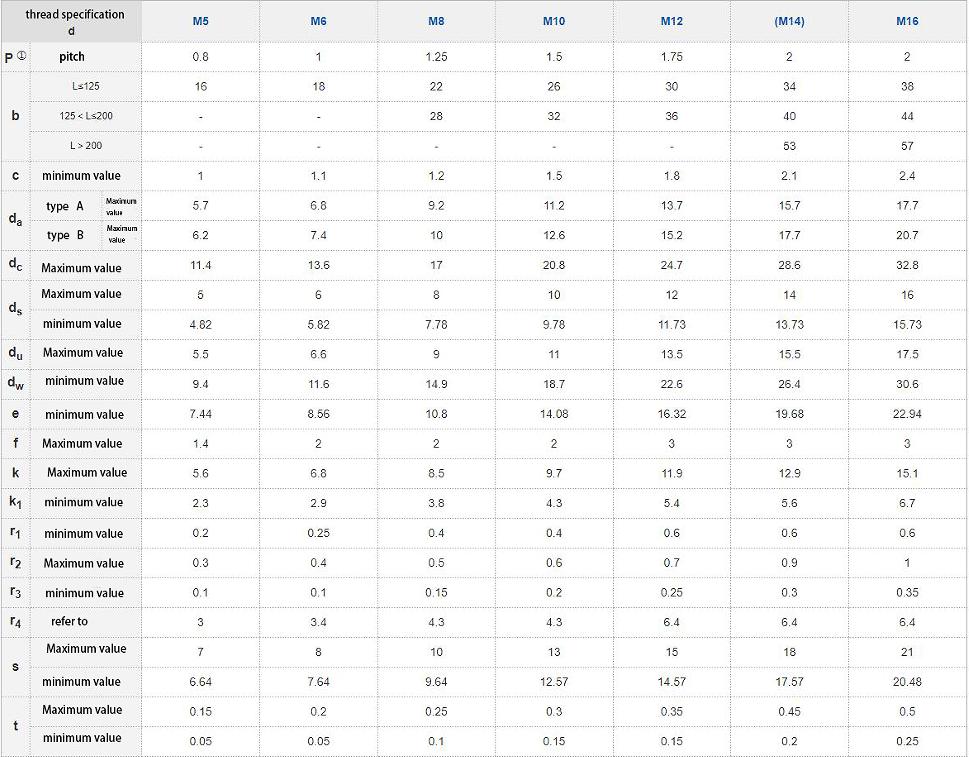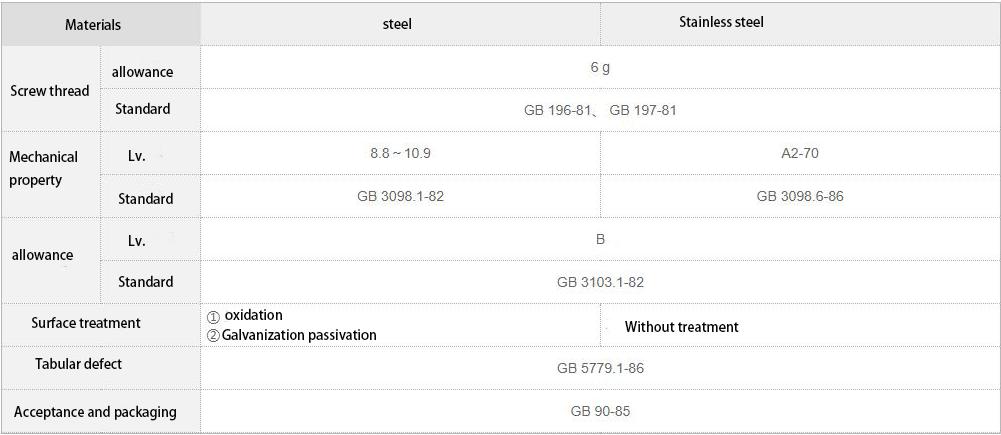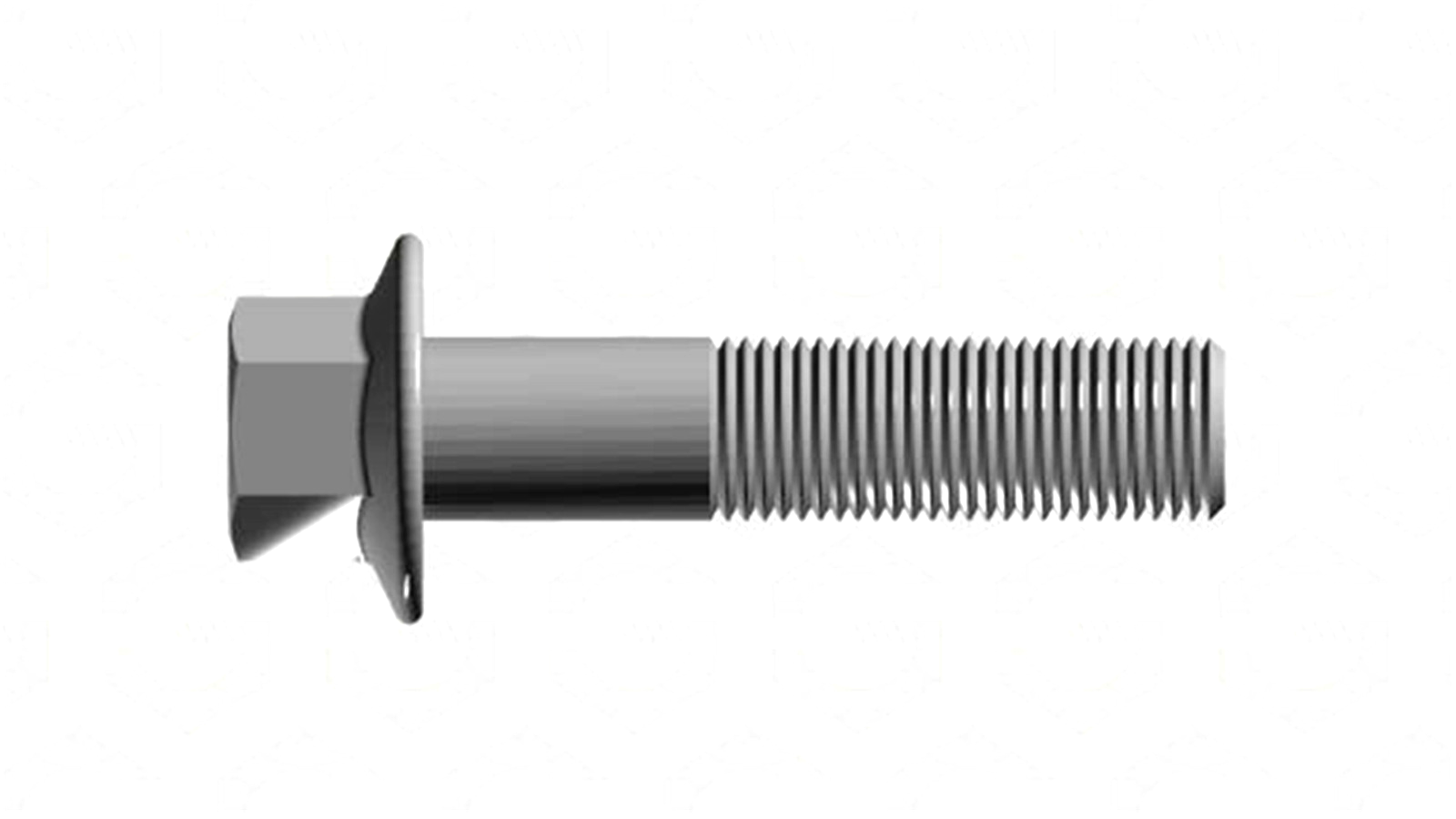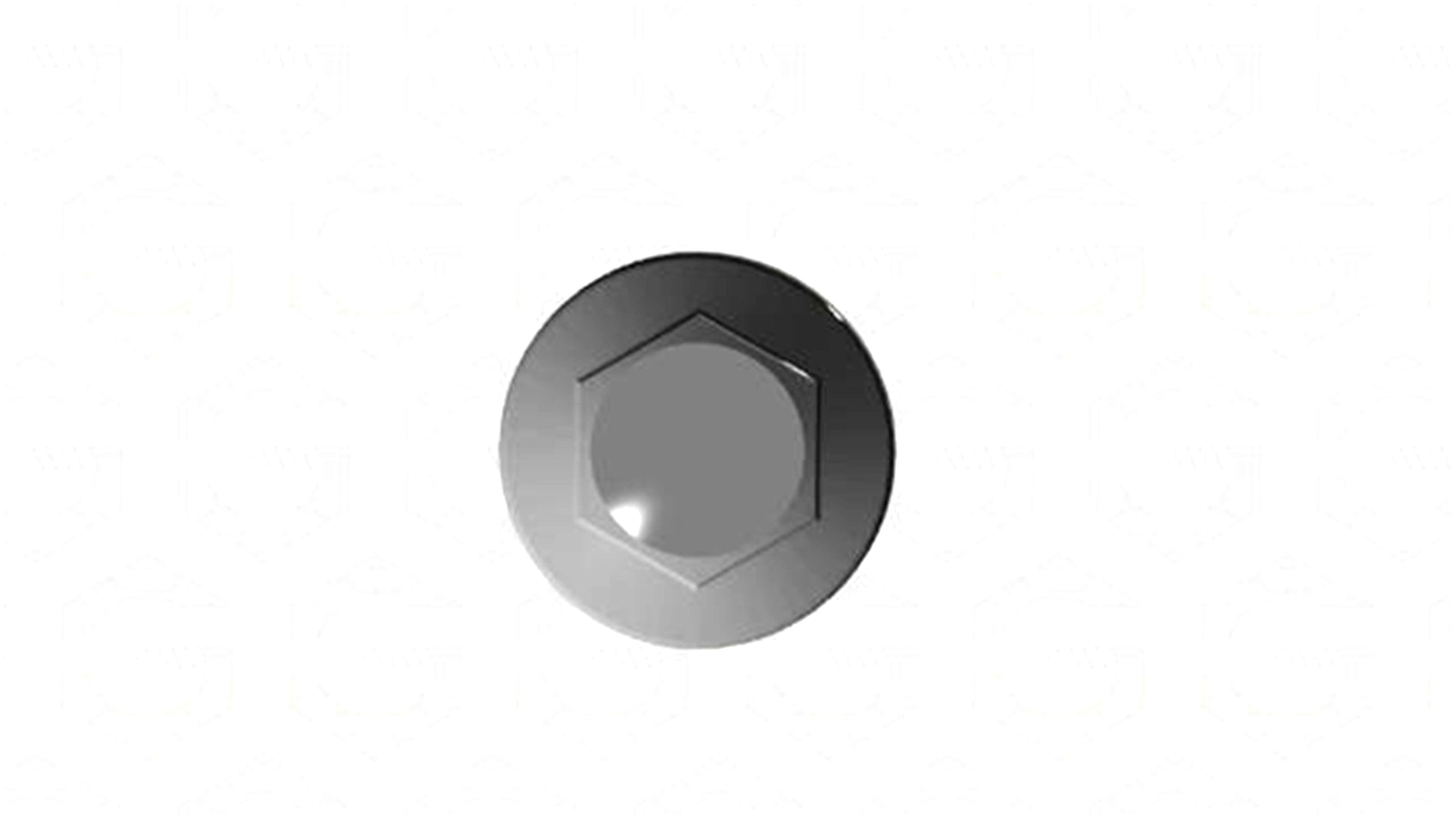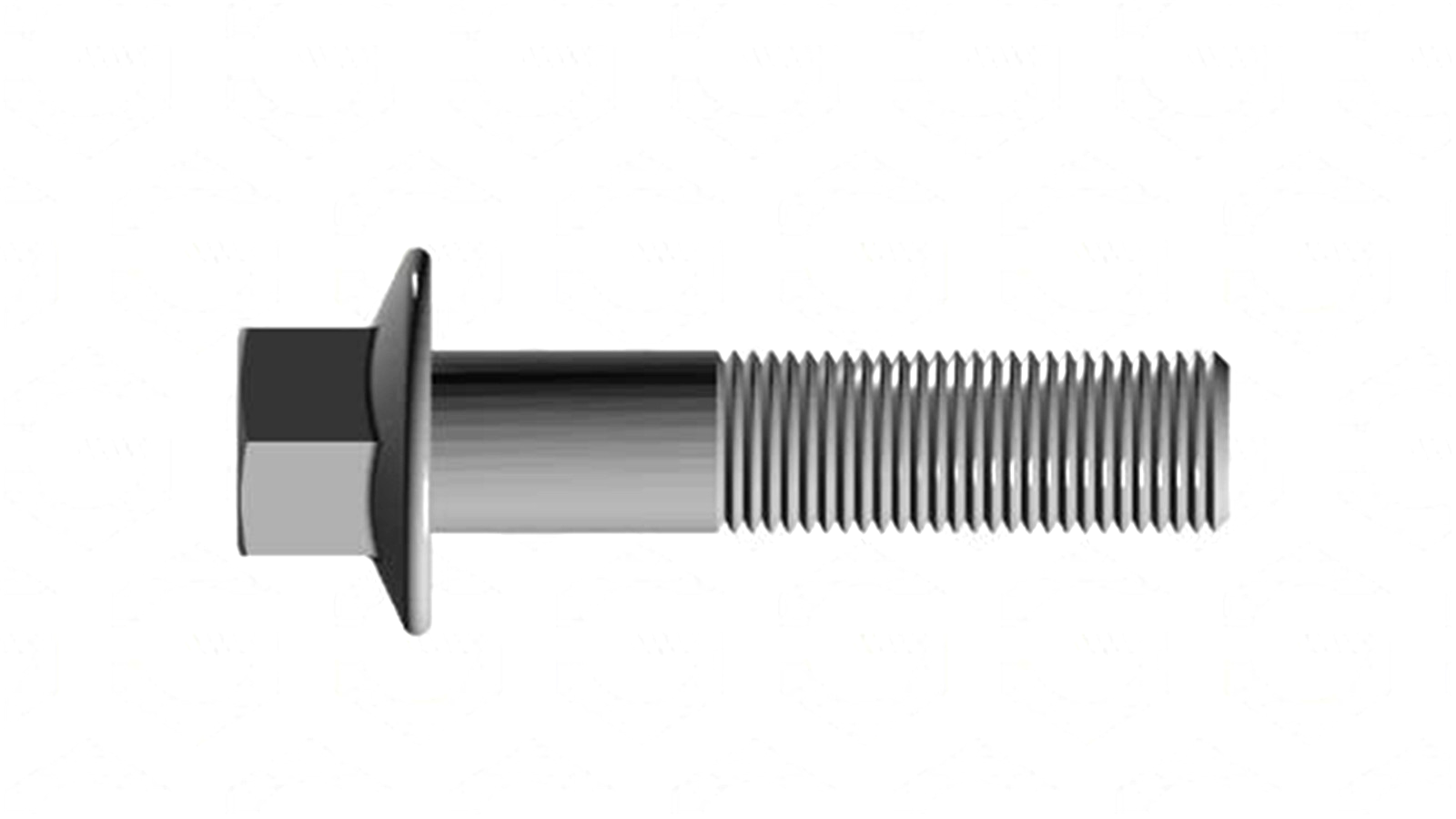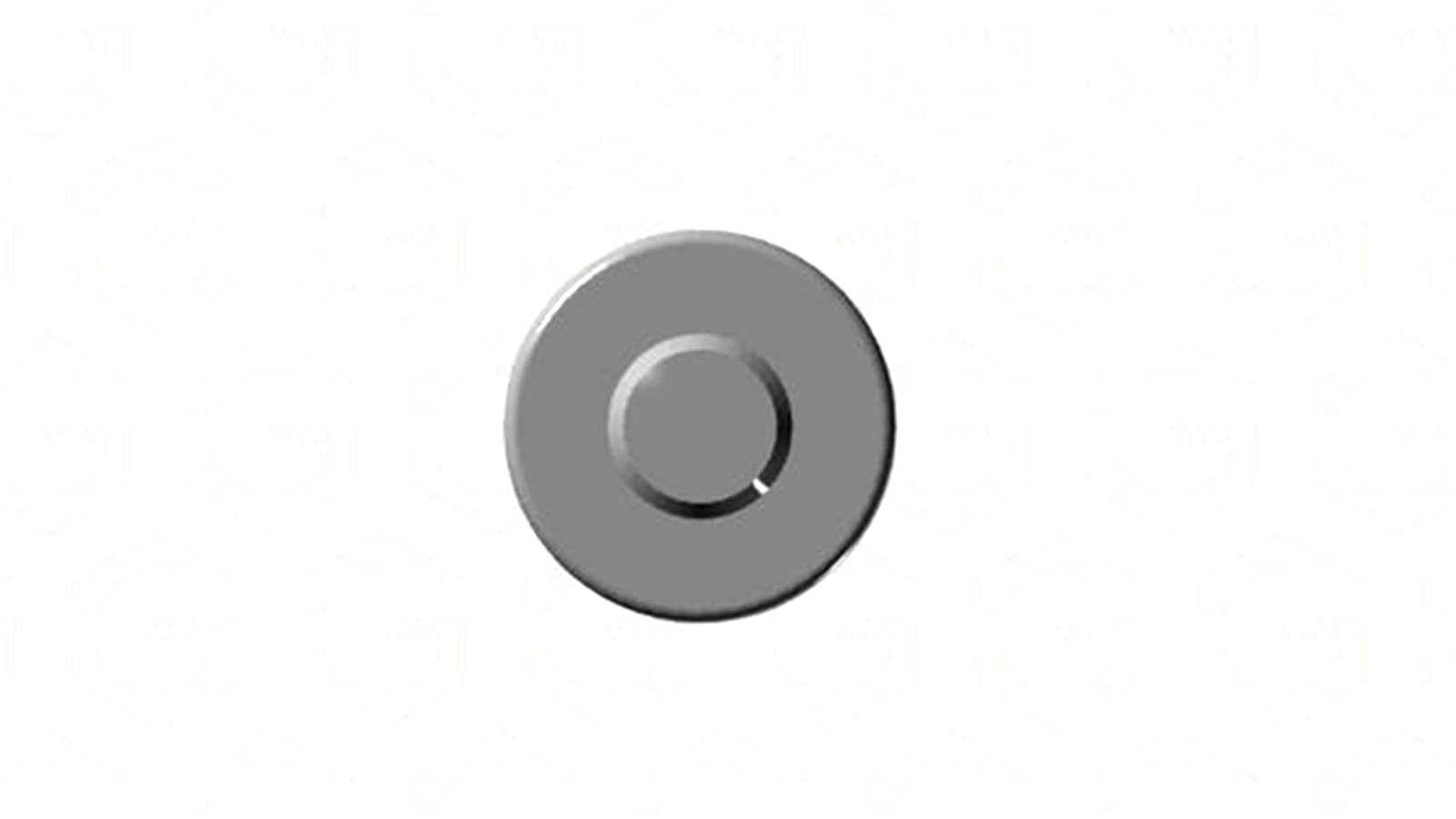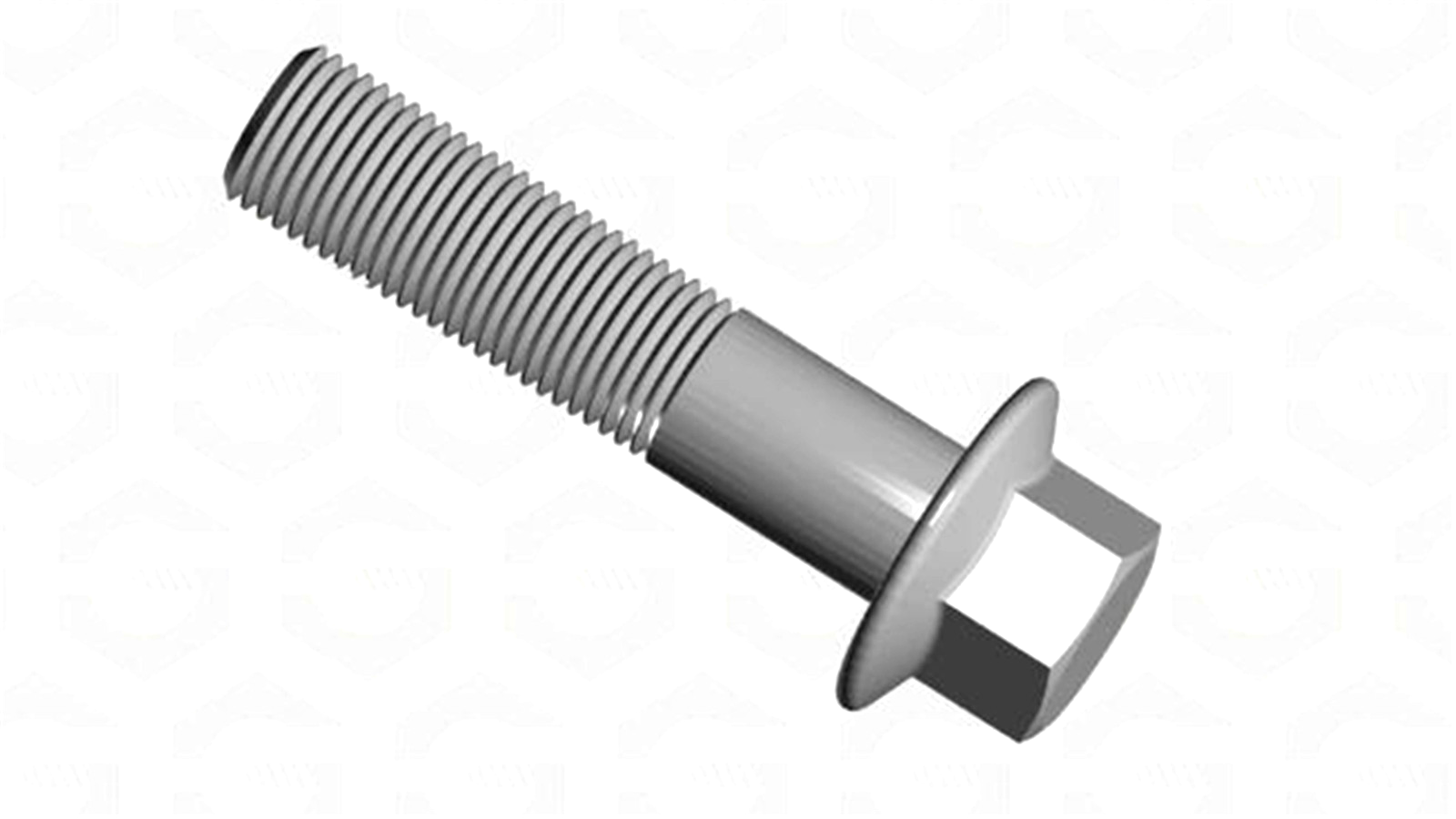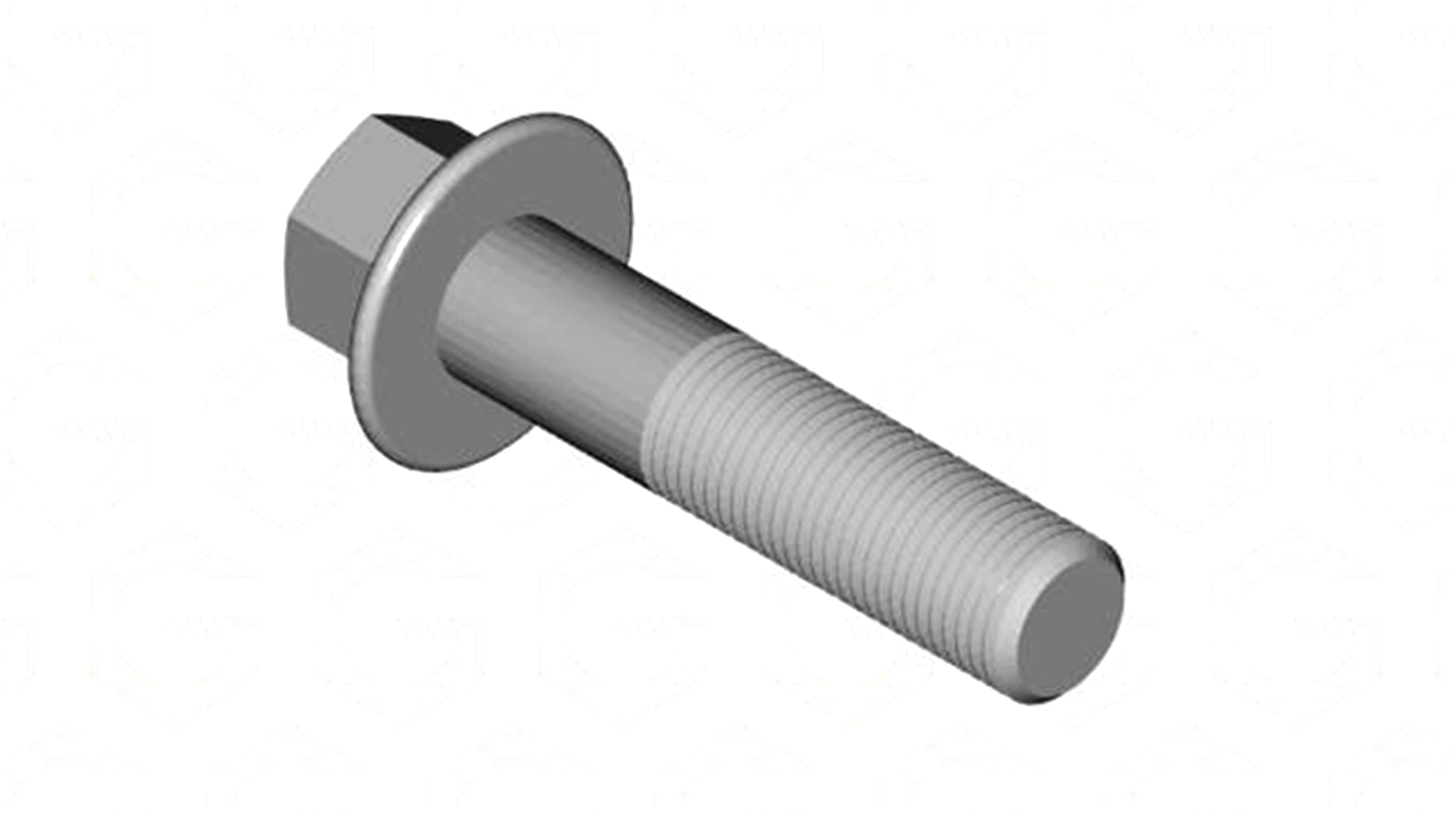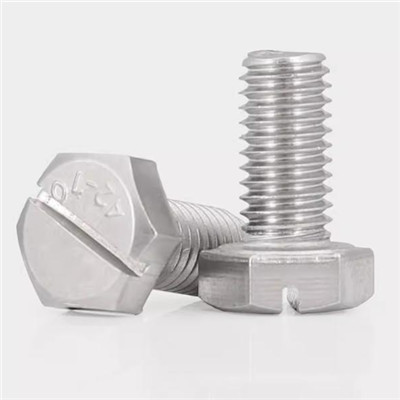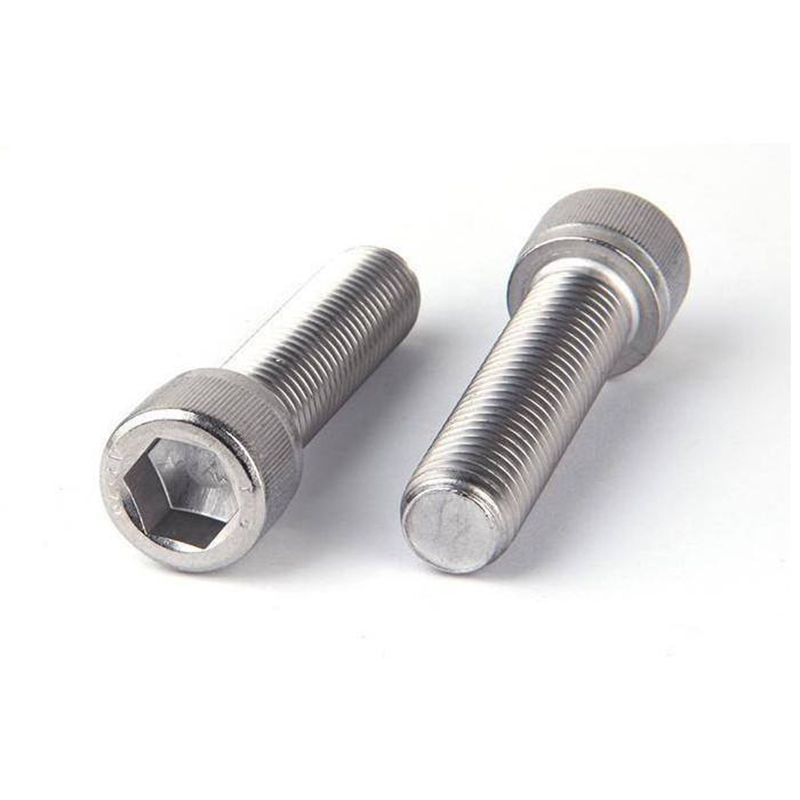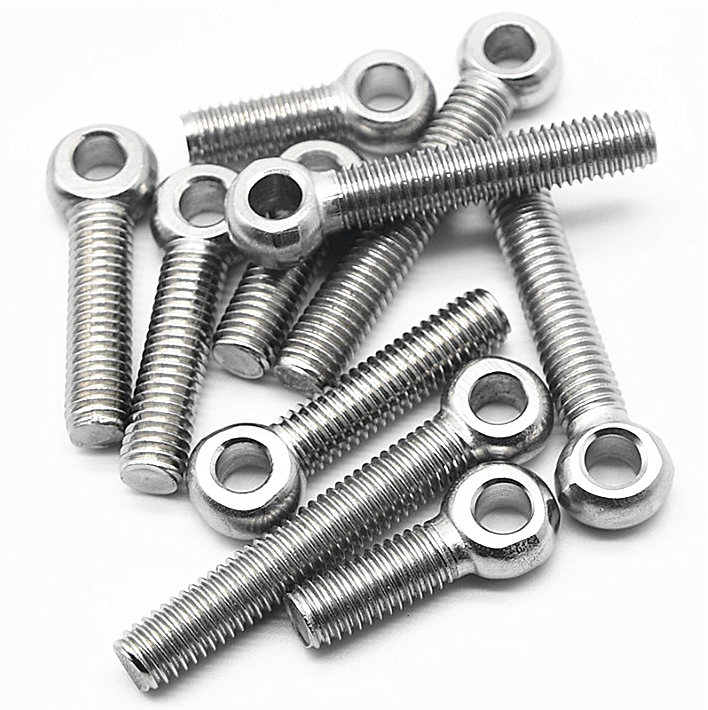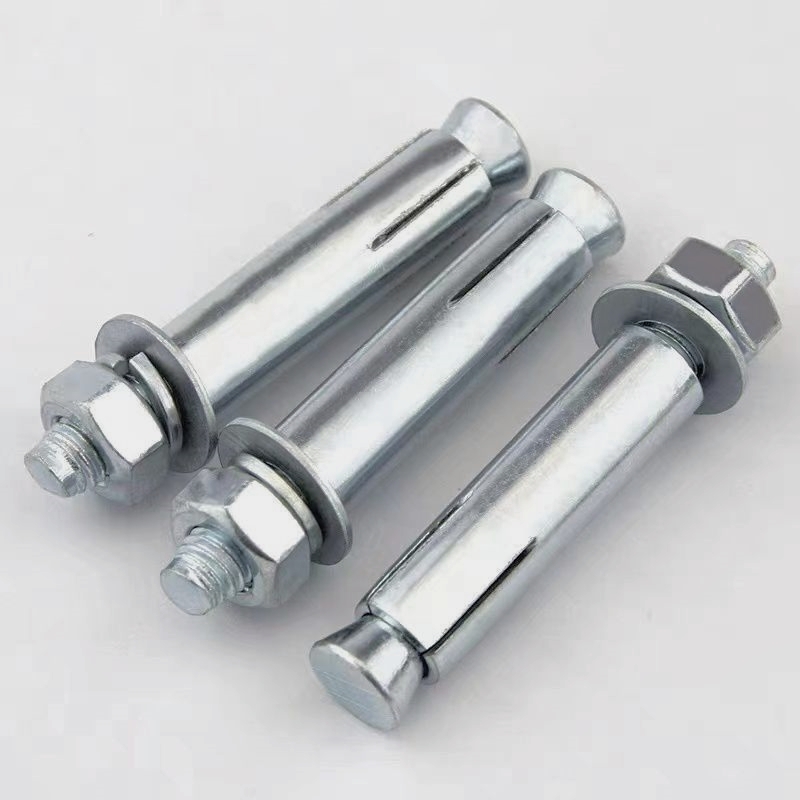Hexagonal flange bolt is a bolt composed of a hexagonal head, a flange plate, and a screw, which is used in conjunction with a nut to tighten the parts connecting two through holes
characteristic
Ordinary bolts have thick nail heads that are difficult to deform and are prone to loosening after tightening.
Compared with ordinary bolts, hexagonal flange bolts have a larger ratio of support area to stress area, higher pre tightening force, better relaxation performance, and strong precision and durability in decoration. The hexagonal flange bolt has a smaller head with holes and a groove bolt, which can be locked more firmly in case of slight deformation; The flange plate can be divided into flat bottomed and toothed shapes according to industry needs, with the latter being more effective in tightening.
Why is it hexagonal
Many people have the question, why should bolts be designed in a hexagonal shape? And not anything else? Hexagons are the product of compromise between side length and twist angle.
For bolts with odd side lengths, there is a phenomenon where the two sides of the wrench are not parallel. In addition, in the early days, there were only forked wrenches, and the wrench head was mostly trumpet shaped, making it unsuitable to apply force when turning the wrench. In addition, the twisting angle is also an important factor to consider. If it is a four corner wrench, it needs to be turned 90 degrees to fix the screw, which is not conducive to installation in a narrow space; If it is octagonal or decagonal, although the twisting angle decreases, the force is also small, making it easy to grind round.
So hexagonal shape is a common choice for bolts.
application area
According to different usage locations, the requirements for the types of hexagonal flange bolts vary. Generally speaking, hexagonal flange bolts are widely used in heavy machinery such as industrial and civil construction, cranes, excavators, etc.
It is said that every man has a dream of driving an excavator in their heart. Let's unlock the applications and secrets of excavators together.
excavator
Thin rod flange bolts are beneficial for connection under variable forces. There are two types of force bearing methods for excavator bolt connections: ordinary and hinged. The flange bolts used for reaming holes need to match the size of the holes when subjected to lateral forces. To meet the locking needs of the excavator after installation, there are holes in the rod, which can prevent the bolts from loosening easily when subjected to vibration. When installing matching bolts on excavators, the bolt head should be on the upper side of the connection, and the nut and bolt head should be simultaneously counterpressed from the center of the bolt connection to the edge (in four directions) to complete the bolt tightening work.
The anti-corrosion protection and sealing of bolted connections To prevent plastic deformation under external tension, a layer of primer (such as epoxy resin, zinc powder, etc.) can be applied to the contact surface of the bolted connection, or the bolts come with their own coating.
With changes in market demand, various new varieties of hexagonal flange bolts have emerged. Cross recessed raised hexagonal head bolts, hexagonal flange wooden bolts, hexagonal flange triangular tooth self-locking bolts, hexagonal flange face self tapping and self drilling bolts, hexagonal flange face self tapping and self drilling bolts (coating+EPDM composite pad), etc.









